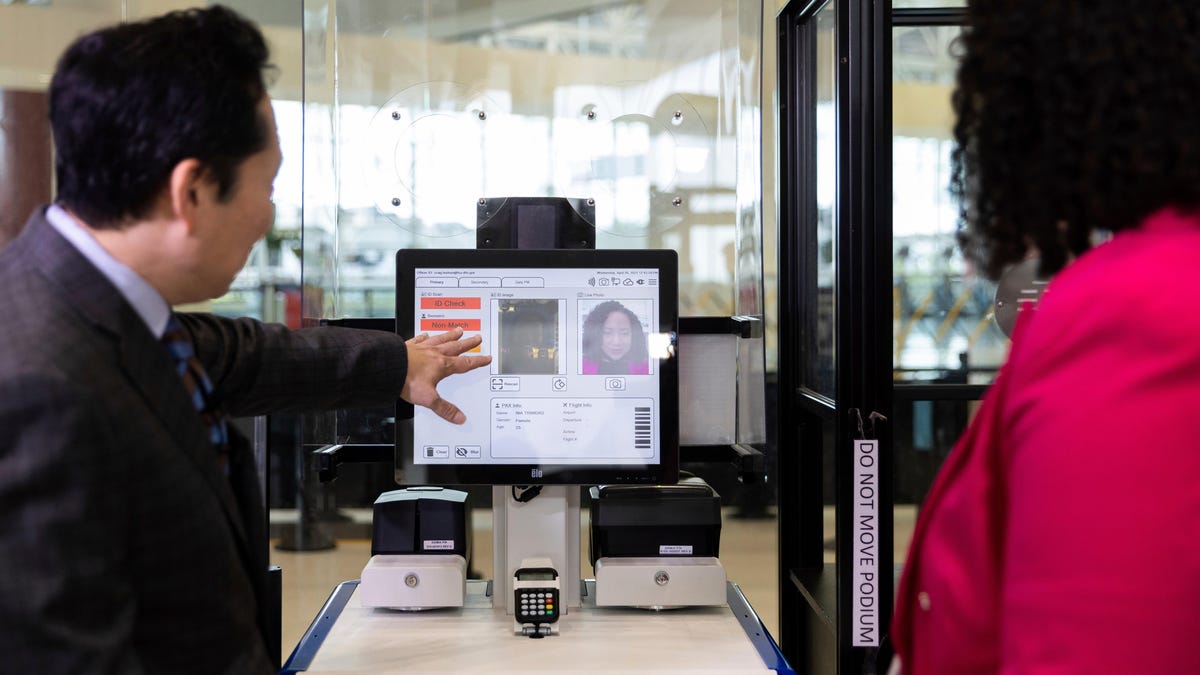The Concerns Over TSA’s Facial Recognition Expansion
The Transportation Security Administration (TSA) has unveiled plans to significantly increase the utilization of facial recognition technology in the United States. This includes a substantial expansion from 25 airports currently equipped with the technology to over 430 airports by July. However, this move has raised concerns among a bipartisan group of 14 senators who argue that the deployment of this surveillance technology by TSA does not enhance air travel safety.
Senator Opposition and Congressional Reauthorization
Senator Jeff Merkley of Oregon is leading the charge of 13 other senators from both political parties in calling for restrictions on TSA’s facial recognition implementation. They seek to address this issue during the upcoming congressional reauthorization of the Federal Aviation Administration, a process that occurs every five years and is set to expire on May 10. The senators are striving to curb the extensive use of facial recognition technology within TSA operations.
Under the facial recognition program, travelers are required to swipe their driver’s license or passport and have their photo taken at the airport. This photo is then compared to the presented ID as a means of verifying the individual’s identity before boarding.
Expressing their apprehensions in a formal letter addressed to Senate Majority Leader Chuck Schumer and Senate Minority Leader Mitch McConnell, the senators have highlighted broader concerns about the potential misuse of facial recognition technology. They caution that allowing government facial scans at airports could pave the way for widespread surveillance in other public spaces, such as government buildings, parks, schools, and sidewalks.
Concerns of Error Rates and Government Overreach
The letter emphasizes the reported high error rates associated with TSA’s facial recognition tools. Senators criticize TSA for failing to demonstrate evidence that the technology has effectively detected false identification documents since its implementation. The identified 3% error rate would result in over 68,000 mismatches daily if extended to all 2.3 million daily travelers. Additionally, recent incidents where hundreds of passengers bypassed TSA security checkpoints raise doubts about the efficacy of TSA’s facial recognition program.
The senators underscore the importance of prioritizing fundamental security measures over expanding facial recognition initiatives. They aim to steer TSA’s focus towards enhancing core security protocols rather than further advancing facial recognition technology.
- Jeff Merkley (D-OR)
- John Kennedy (R-LA)
- Ed Markey (D-MA)
- Roger Marshall (R-KS)
- Kevin Cramer (R-ND)
- Ron Wyden (D-OR)
- Steve Daines (R-MT)
- Elizabeth Warren (D-MA)
- Mike Braun (R-IN)
- Bernie Sanders (I-VT)
- Cynthia Lummis (R-WY)
- Chris Van Hollen (D-MD)
- Peter Welch (D-VT)
- Laphonza Butler (D-CA)
Future Implications and Congressional Action
As the FAA reauthorization bill progresses, concerns around privacy and governmental overreach are expected to be central to the debate. The current legislation allocates substantial funding to the FAA and the National Transportation Safety Board, reflecting the significance of aviation security and regulation initiatives.
The escalation of facial recognition technology deployment at airports underscores a broader trend in surveillance expansion. While the number of airports adopting this technology has steadily increased, the senators’ intervention questions the trajectory of this trend. They raise alarm about the mandatory nature TSA envisions for facial recognition scans, potentially becoming a routine part of passengers’ travel experiences.
Ultimately, the debate surrounding TSA’s facial recognition program highlights the delicate balance between security measures and individual privacy rights. As discussions unfold within the realm of congressional reauthorization, the outcome will have far-reaching implications on the future landscape of airport security protocols and the extent of facial recognition technology integration within domestic travel operations.
Image/Photo credit: source url





